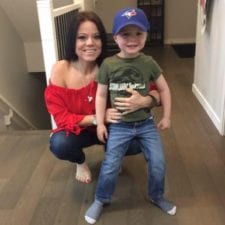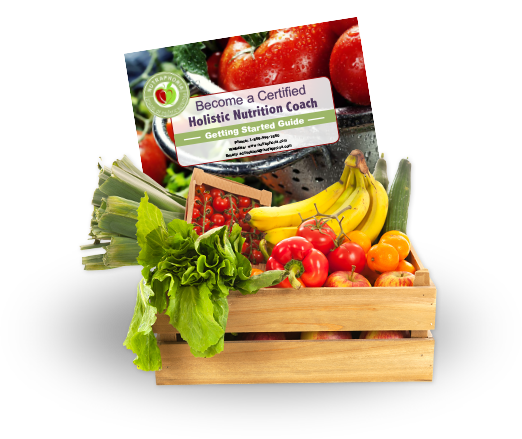July 2, 2017
I never thought I would be eating as many beans as I am now. Before I switched to a plant-based diet, I was loading my body full of meat. I switched in December 2016 when my liver enzymes were extremely elevated. I was willing to try anything to change how poorly I felt. Once I took meat out of my diet, I could not believe how amazing I felt! The beans helped my digestion and gave me the much needed fibre and bulk I needed. I feel full longer, more satiated and not to mention extremely happy with the abundance of ways you can use beans in different recipes.
Eat Those Musical Beans!
There are over 40,000 types of bean varieties. Some of the most common are listed below:
- Garbanzo (AKA Chickpeas) Beans
- Green Beans
- Pinto Beans
- Navy Beans
- White Beans
- Kidney Beans
- Black Beans
- Lentils (Red, Green or Black)
Benefits of Beans
Beans are very high in protein, complex carbohydrates, iron, copper, magnesium, phosphorus, manganese, potassium, zinc and folate. They are also a powerhouse of anti-oxidants. Because of their large amounts of soluble fiber, they can help us lower our cholesterol and reduce constipation. They have little to no fat and are cholesterol-free and are great for someone following a low-fat diet. Beans contain between 9-13 grams of fiber in just 1 cup. The Canada Health Food Guide recommends a minimum of 25 grams of fiber per day for women and 38 grams of fiber per day for men. Eating 1 cup of cooked beans per day will help us reach this daily fiber goal very easily.
Other benefits of beans include the fact that they are extremely cost-effective and a great substitute for meat, especially if you are watching your money and trying to keep that grocery budget down!
In order to ensure you are benefiting from all the protein found in beans, it is important to pair it with some long grain brown rice or another grain so as to ensure you are getting a complete protein. These do not need to be eaten together at the same meal, but just ensure you eat them in the same day.
Negative Side-Effects of Beans
Although there are many benefits of beans, there are some drawbacks. Flatulence is the main problem experienced by bean eaters. When we first start adding beans into our diet, we tend to experience bloating, excess gas and some even experience constipation. When adding in more beans to the diet, because we are also increasing our fiber intake, it is extremely important to increase our water intake. If we do not keep up with our water intake, we can experience constipation, gas, bloating and other stomach issues. It is also important to slowly add beans into the diet to get your body used to the additional fiber. Add beans in about a 1/4 cup at a time. Once your body gets used to the increased fiber, then you can add in more beans. Strive for about 1 cup of beans per day.
Pre-soaking the beans the night before increases the benefits and reduces the negative side-effects. Pre-soaking removes the gas-producing enzymes and also removes all the phytates, phytic acid and any anti-nutrients from them that interfere with bone growth and interrupt vitamin D metabolism. Soaking them the night before and then giving them a good rinse after you drain them also ensures we remove any possible toxins that may cause food poisoning.
How to soak and cook beans
- Place the beans in a large bowl and cover with fresh water and let sit overnight.
- In the morning, rinse the beans at least twice in a strainer.
- Place them in a pressure cooker or cook in a large pot on the stove and bring to a boil.
- Reduce heat, cover and simmer until beans are tender, but firm. Most beans are done cooking within 45 min-2 hours (it depends on the bean and whether you are using a pressure cooker or regular pot on the stove).
- Put the cooked beans in the fridge in an airtight container. They will keep for about 1 week. You can also freeze them after 4 days if you are making large batches.
Ways to Use Beans
There are a number of ways we can use beans.
- Make Black-Bean brownies.
- Make Burgers (my personal favourites are chickpea burgers)
- Place them in a food processor and grind them into flour to make a homemade pizza crust.
- Make hummus (you can use white beans, navy beans or chickpeas to make hummus).
- Make a Slow-cooker 3-Bean Chilli.
- Add cooked beans to smoothies to increase fiber.
- Roast them with sea salt and other spices in the oven for a crunchy snack in place of chips and other unhealthy snacks.
- Add them to salads.


